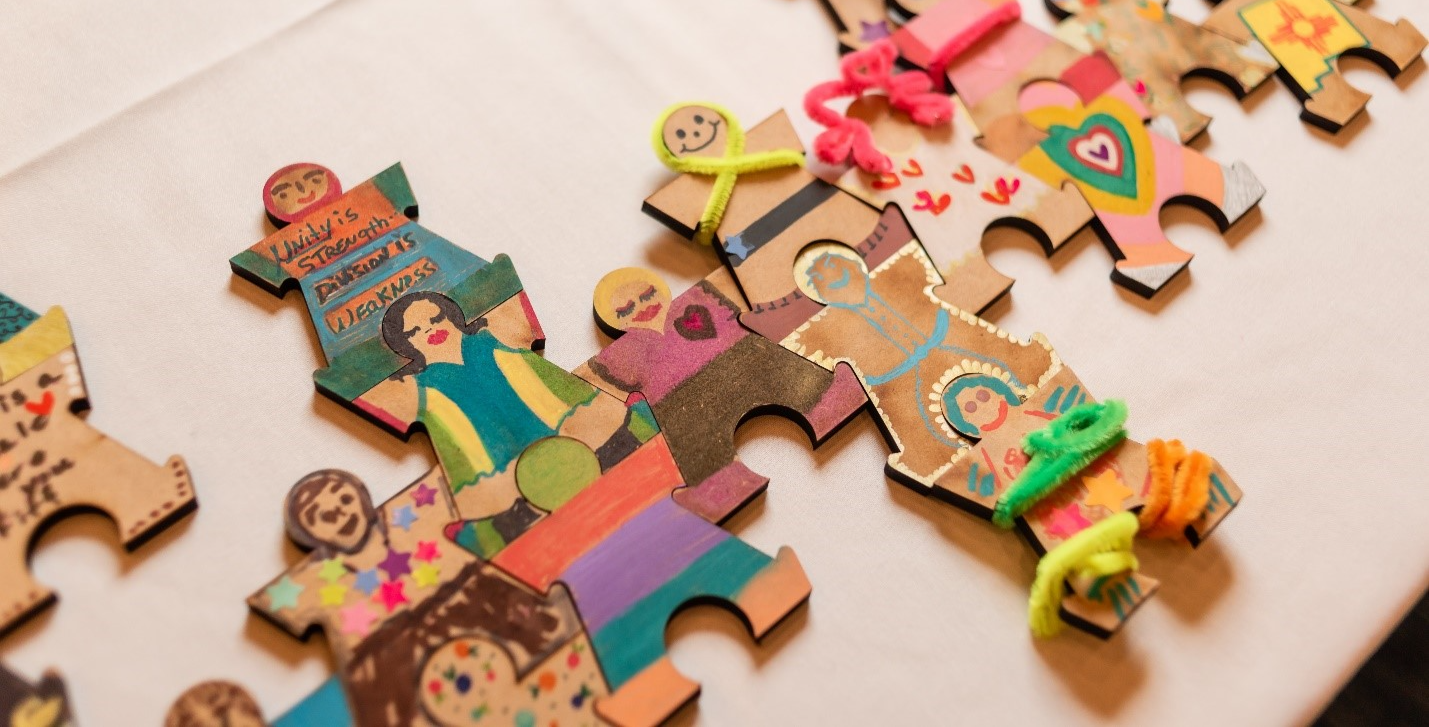
This is different work, this work of Collective Impact. It requires us to deepen relationships with each other and to build new relationshipswith individuals we may not have worked with previously. It calls upon us to take a new leadership journey, not one that is focused on our own work but one that is focused on a collective, often aspirational, approach to understanding and changing our communities.
Often this work is challenging. We have to learn to converse across different languages and ways of working. We feel the tension that comes from having to produce results and yet be in the emergent. The framework of collective impact provides a broad design but the details, the how, when, and path are not always clear.
Over the past 10 years I have been on the collective impact journey. For four years, I worked as the Director of the Hamilton Roundtable for Poverty Reduction and for the past six years, have been engaged with the Vibrant Communities Canada network of cities undertaking a place-based approach to reduce poverty.
Most recently, my journey of collective impact took me to Australia to meet with colleagues in Sydney, Adelaide, Canberra and Melbourne, many of whom are just embarking on their own community change process. While there, I met Liz Skelton who was recently with Social Leadership Australia and is now partnering with others to build the collective impact practice in that country.
Liz talked about the need to build a container for Collective Impact work. She presented the image of a pressure cooker, all the ingredients go in, but there is a need for a release valve of sorts when the pressure becomes too intense. This image has been staying with me.
It is somehow consistent with the idea that while Collective Impact work and community change work is often emergent, things are changing all the time, there is a need for some sort of a structure or container to hold the emergent changes together.
There are the ingredients of bringing diverse partners together, thinking through how the community might change and evolve in building a common agenda. Shared measurement and mutually reinforcing activities may include many diverse elements as we learn to work together in different ways and measure our progress and results. Communications, governance, accountability, values and principles, and building and nurturing trust are some of the people dynamics required in this work. It is messy. It feels like walking in jello at times and then at other times like soaring.
Perhaps Liz is right. Perhaps the image of a container with a release value when the pressure builds to a boiling point, is a valuable image for collective impact. Liz Skelton also calls this a holding space. I like that image perhaps a little better. A holding space keeps Collective Impact and its partners at the centre. It holds us together through tough times, through emergence and through successes. A holding space for me, also enables others to enter. It feels less rigid and more permeable. Less ‘bubble bubble boil and trouble’ and more a place of conversation, exchange and engagement.
A holding space, though, also implies form and function. It implies, at least for me, the building of relationships and trust within the space. It is the centre of the collective impact work. Jay Conner, in his blogs at www.workingdifferently.org has written about the idea of holding the centre. Collective Impact can be work that takes us away from the centre as opportunities emerge. It can also take us away from the centre as people come and go. This holding space that Liz Skelton talks about reminds us of the importance of holding the centre, keeping focused on the reason we have all been called together. Keeping us focused not only on Collective Impact, but more importantly, on the change we are working toward for our communities.
Building a container, a holding space, or holding the centre are all useful practices for Collective Impact. Thank you Liz Skelton for sharing this imagery with us. Let me know if you, as a reader of this post, or a Collective Impact practitioner, have any thoughts to share about the Collective Impact space.





